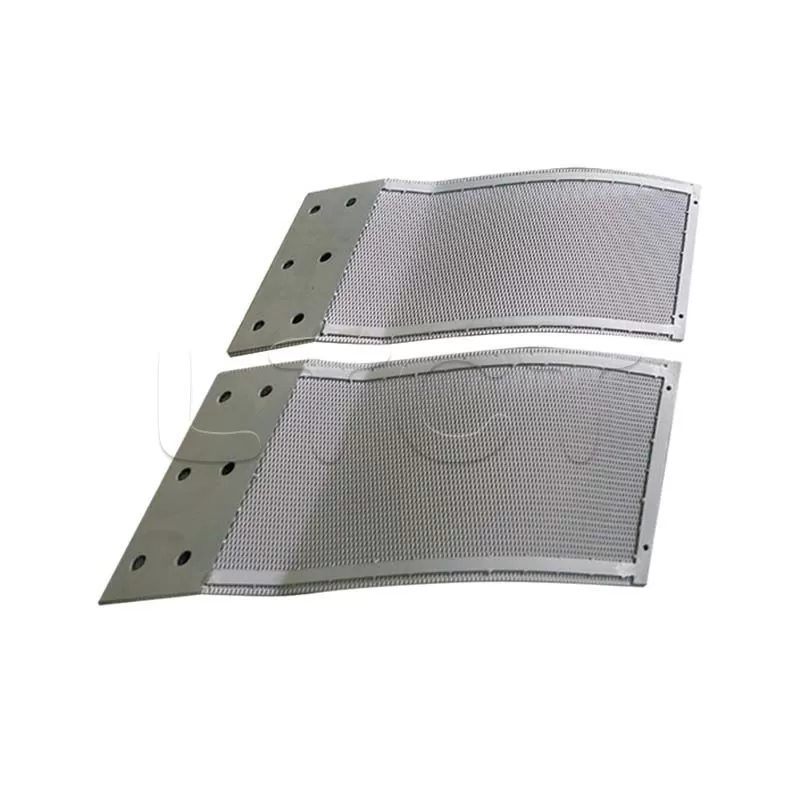In the world of electronics manufacturing, the reliability of components often hinges on the quality of plating processes. One crucial element in this process is the plating anode. However, many manufacturers are encountering a persistent issue: plating anodes keep failing, resulting in production delays, defective parts, and costly repairs. This issue is especially concerning in industries that depend on precise electroplating for electronics like semiconductors, automotive, and aerospace. If you're facing plating anode failures, you're not alone. The problem can stem from several factors, some of which may not be immediately apparent. In this article, we'll explore the hidden risks behind plating anode failures and provide practical insights to help you address the issue effectively.
Understanding why plating anodes fail starts with examining the most common causes. While many factors can contribute to failures, some stand out more frequently in the electronics industry.
One of the most common culprits of plating anode failure is an unstable or inconsistent power supply. Electroplating processes rely heavily on steady electrical currents to ensure even and smooth coating. Any fluctuation in the power supply can cause uneven distribution of metal during the plating process, leading to anode degradation. In countries with unstable power grids or frequent electrical surges, this issue becomes even more prevalent. To avoid this, it's essential to invest in power conditioning equipment that ensures a consistent flow of electricity. Additionally, monitoring voltage levels and current settings regularly can help detect inconsistencies early, preventing long-term damage to your plating anodes.
The quality of the plating solution used plays a significant role in the life of your plating anode. If the solution is contaminated with impurities or improperly mixed, it can cause the anode to corrode at an accelerated rate. In countries with less regulated supply chains, low-quality chemicals or poor storage conditions can exacerbate this problem. To mitigate this risk, always use high-quality, industry-standard chemicals for your electroplating processes. Regularly test the plating solution for contaminants and adjust the chemical concentrations as necessary. This ensures that the solution remains effective and prevents unnecessary wear on your plating anodes.
Not all plating anodes are created equal. Using an incorrect material or suboptimal design for your specific electroplating needs can lead to premature failure. For example, some anodes are more prone to erosion or have a limited lifespan under high-temperature conditions, which is common in industries like aerospace or automotive manufacturing. When selecting plating anodes, consider the specific material requirements of your plating solution and the environmental conditions they will face. Collaborate with suppliers who understand the unique demands of your industry, whether it's automotive, aerospace, or semiconductor manufacturing. This ensures you're using the right type of anode material to extend its lifespan.

Regulations surrounding plating processes vary significantly across countries, and failing to adhere to these standards can lead to increased anode failure rates. For example, in countries with stringent environmental or safety regulations, the use of certain chemicals in electroplating processes is restricted. Manufacturers who fail to comply may find themselves using non-compliant chemicals that degrade their spot plating anodes faster than expected. Staying up to date with local regulations is crucial. In regions like the European Union or North America, regulations like the REACH (Registration, Evaluation, Authorization, and Restriction of Chemicals) can affect which plating chemicals are legal for use. Failing to comply with these standards can lead to penalties, production stoppages, and equipment damage. To avoid these risks, ensure that your plating process meets local regulatory requirements. Regularly audit your processes and materials to stay compliant and prevent unnecessary risks associated with anode failure.
To prevent plating anode failures, consider these practical measures:
Routine maintenance and inspections of your plating equipment and anodes are essential for identifying early signs of wear and tear. A proactive approach helps extend the lifespan of your plating anodes and avoid unexpected failures during production.
Ensure that your production team is well-trained in the proper handling of plating anodes and the electroplating process. Knowledgeable technicians can spot potential issues before they become significant problems, saving both time and money in the long run.
Implementing stringent quality control measures throughout the electroplating process is key to preventing anode failure. Regularly check the integrity of your anodes and the consistency of the plating process. Consider using automated systems for more precise control over variables like power supply, plating solution concentration, and temperature.
Plating anode failure is a complex issue, but understanding the root causes and implementing practical solutions can significantly reduce its impact on your production process. By addressing factors such as power supply stability, plating solution quality, anode material selection, and regulatory compliance, manufacturers can extend the lifespan of their plating titanium anodes and ensure the longevity and quality of their products. Take proactive steps today to safeguard your plating anodes, minimize costly failures, and maintain the efficiency of your manufacturing operations. With the right approach, your plating anode problems can become a thing of the past.

Comments
0